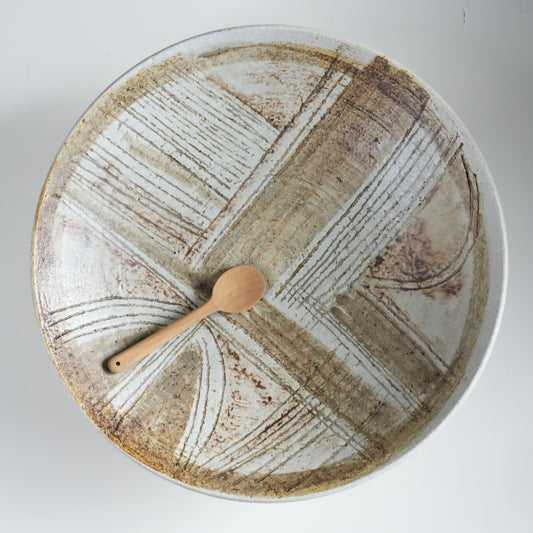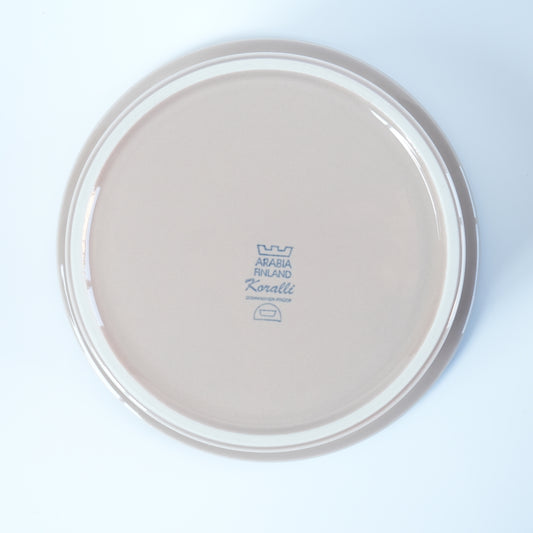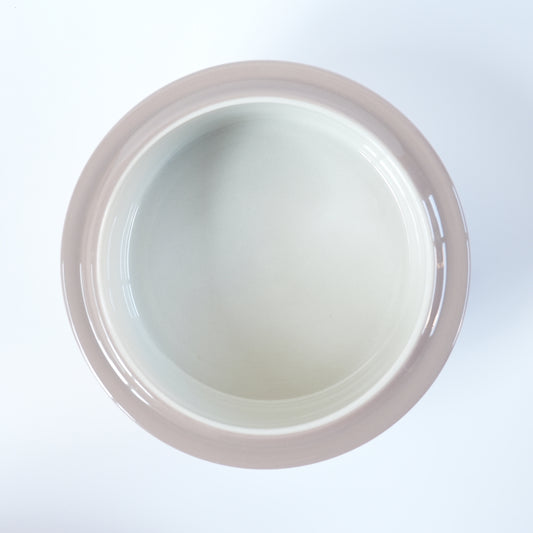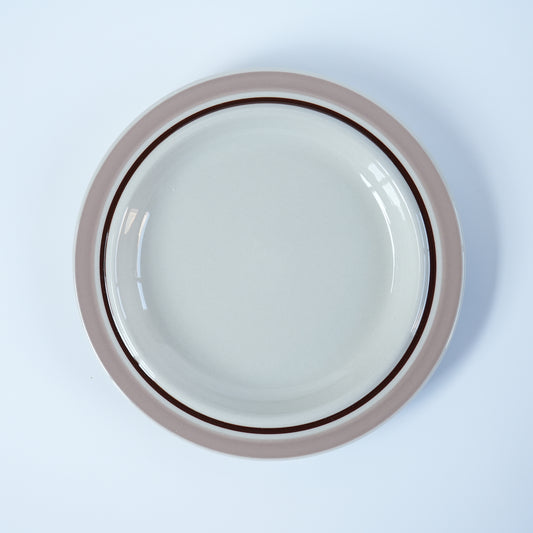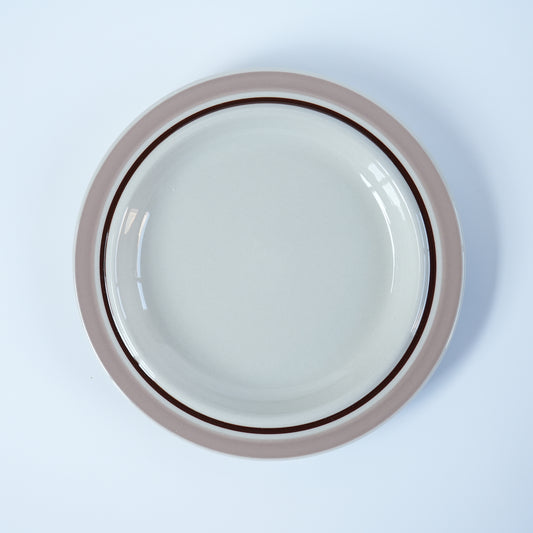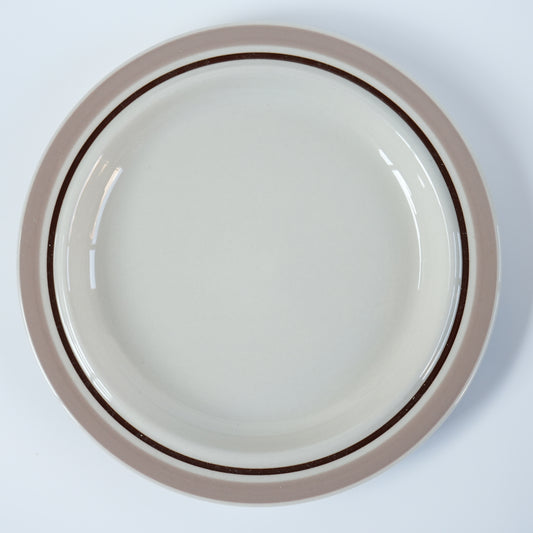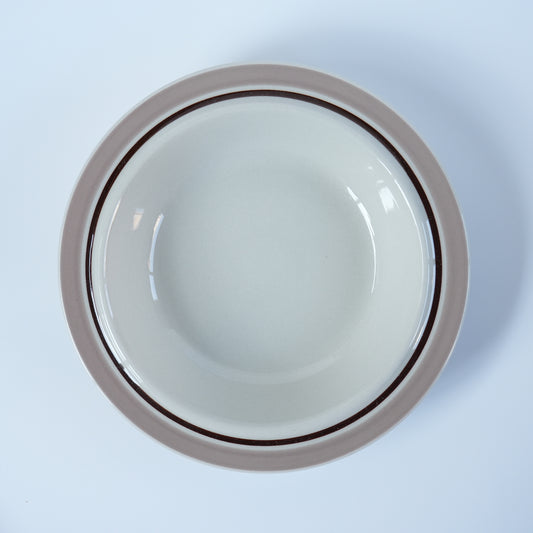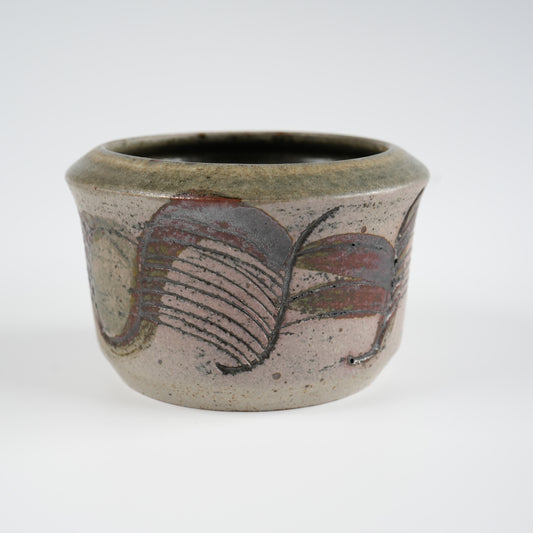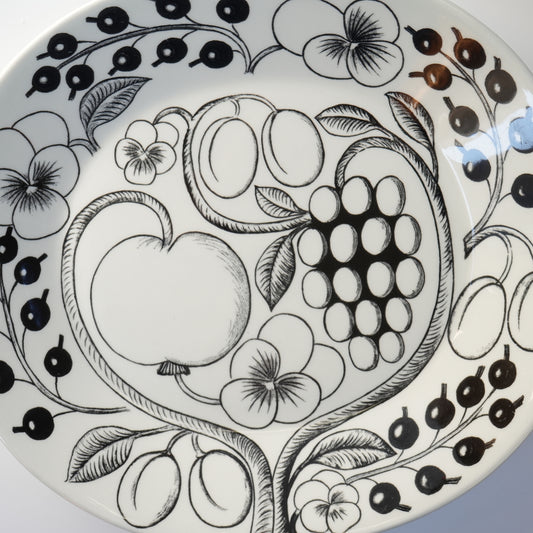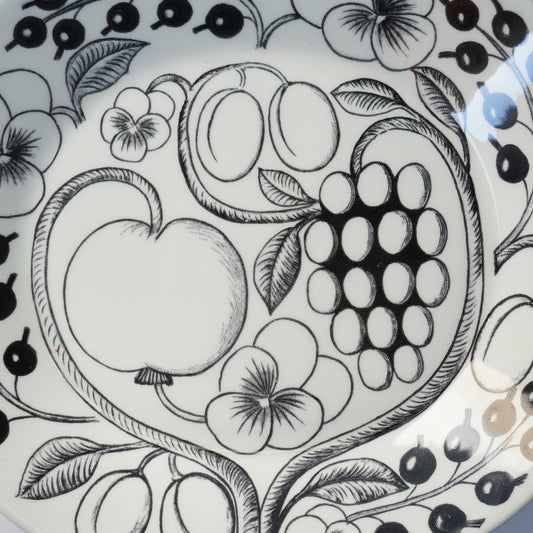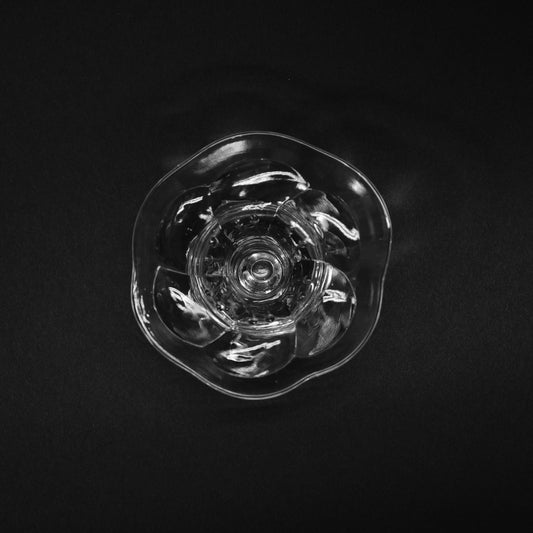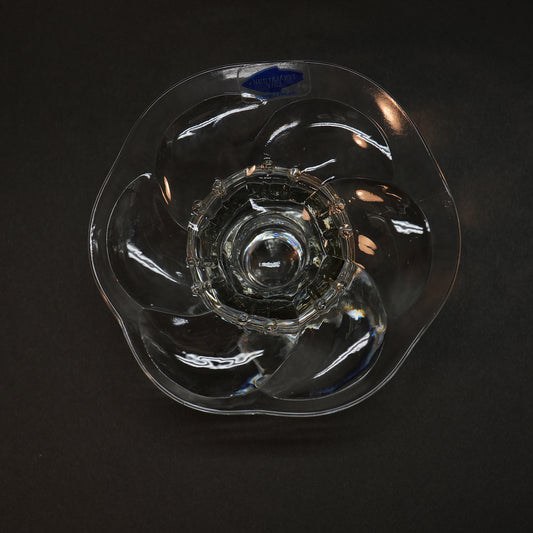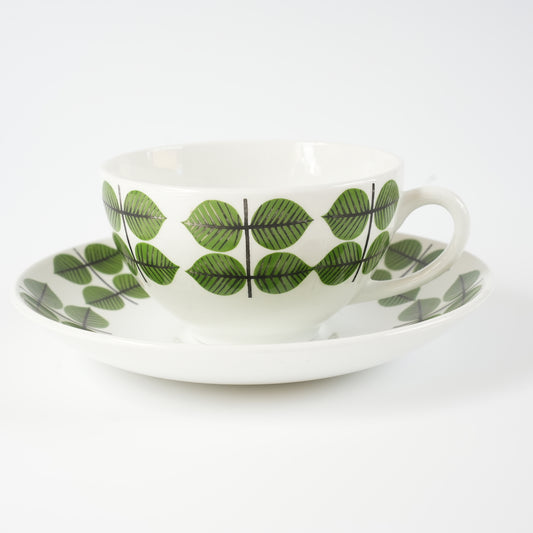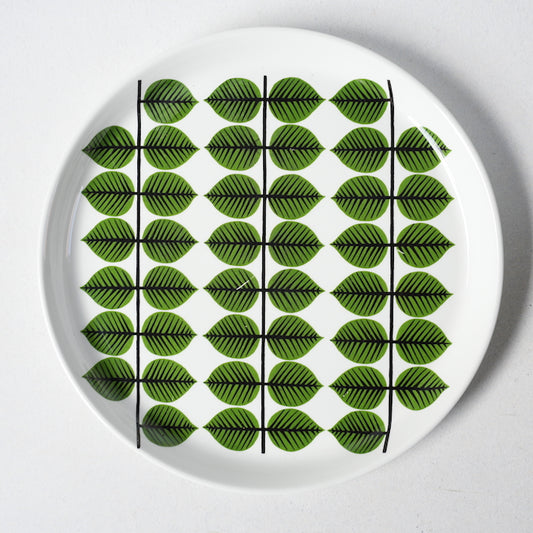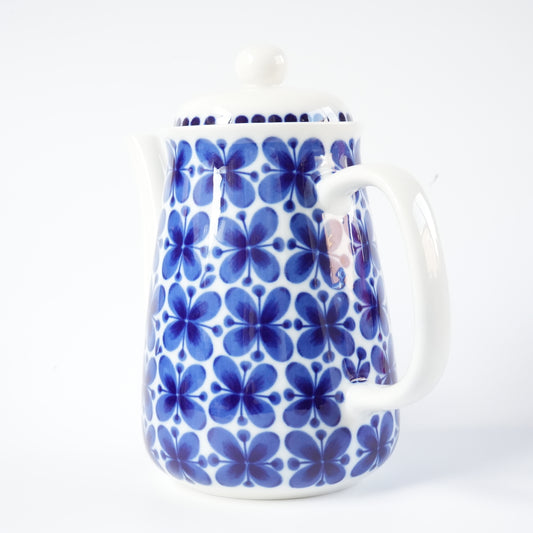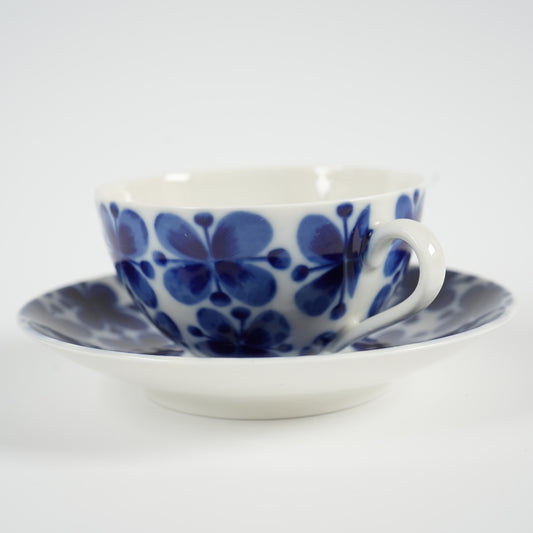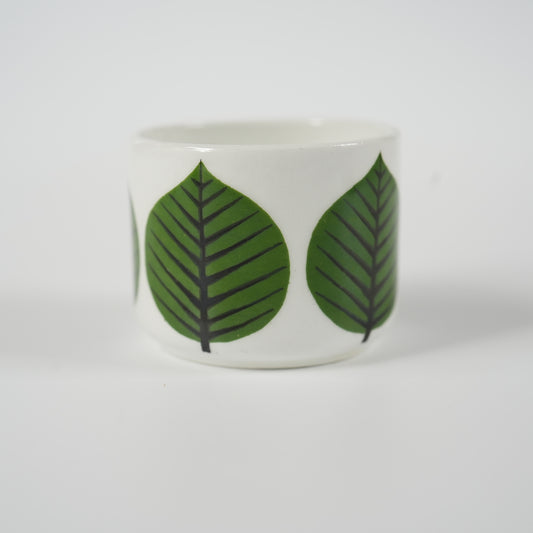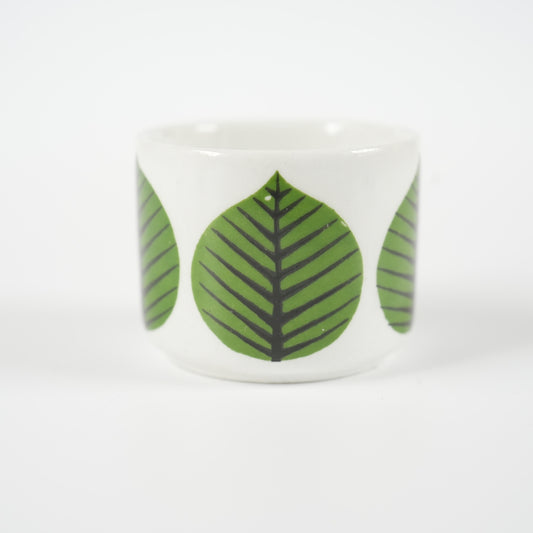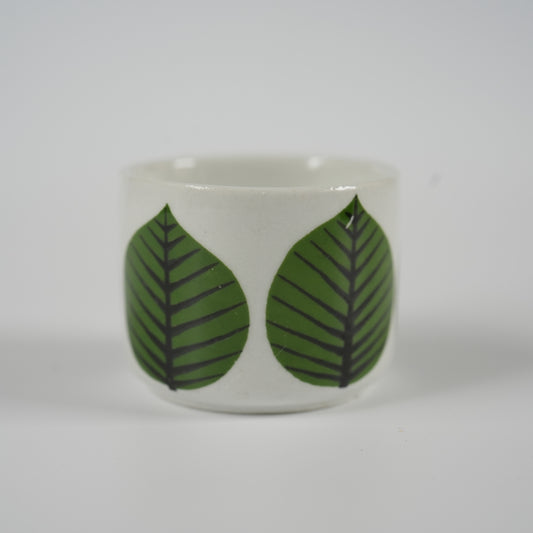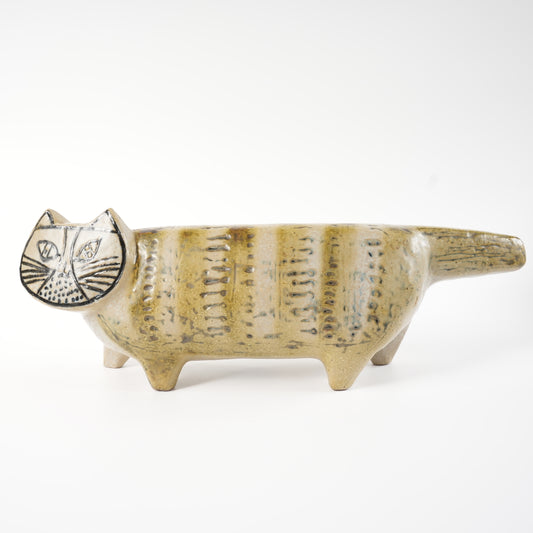
Nordic tableware plates

Have a fantastic work in your hands
Product list by genre

Scandinavian tableware sale corner
In the sale corner, we are selling valuable items such as Scandinavian...

Restock Items
Popular Nordic vintage items and designer tableware are back in stock.

nordic plate
Introducing the plate of Nordic tableware. We have a variety of Scandinavian...

nordic cup
Nordic tableware cup and saucer. We have a large selection of vintage...

nordic glassware
We have Scandinavian glass plates and plates from famous brands such as...

nordic interior
We carry accessories perfect for interior decoration, such as ceramic statues and...

Flower Vases
Beautify your home with Nordic vintage vases. A group of mid-century works...

decorative plate
Nordic vintage decorative plate. ARABIA, Lisa Larson's work, Gustavsberg, Rorstrand, etc., we...
New items from Nordic tableware Tacksamycket
Our store mainly carries vintage Nordic tableware, as well as Nordic-design plates, cups, and glassware, and offers a wide selection of masterpieces from tableware brands such as ARABIA, Iittala, Marimekko, Lisa Larson, and Gustavsberg.
-
リサ・ラーソン Kスタジオ ユニークピース 飾り皿 交差する大地の大皿
Vendor:Keramik Studion GustavsbergRegular price ¥280,000Regular priceUnit price / per -
アラビア コラーリ(Koralli)大サイズ 23cmボウル
Vendor:ARABIARegular price ¥16,000Regular priceUnit price / per -
アラビア コラーリ(Koralli)18cmボウル
Vendor:ARABIARegular price ¥12,000Regular priceUnit price / per -
アラビア コラーリ(Koralli)17.5cmプレート ケーキ皿
Vendor:ARABIARegular price ¥5,000Regular priceUnit price / per -
アラビア コラーリ(Koralli)20cmプレート
Vendor:ARABIARegular price ¥7,500Regular priceUnit price / per -
アラビア コラーリ(Koralli)24cmプレート ディナープレート
Vendor:ARABIARegular price ¥8,900Regular priceUnit price / per -
アラビア コラーリ(Koralli)スーププレート 深皿
Vendor:ARABIARegular price ¥7,900Regular priceUnit price / per -
希少 リサ・ラーソン ユニークピース 風の風景のフラワーベース
Vendor:Lisa LarsonRegular price ¥150,000Regular priceUnit price / per -
Arabia Paratiisi Black 25cm Oval Plate, the earliest model
Vendor:ARABIARegular price ¥20,000Regular priceUnit price / per -
Arabia Paratiisi Black 25cm Oval Plate, the earliest model
Vendor:ARABIARegular price ¥20,500Regular priceUnit price / per -
ARABIA ヌータヤルヴィ Lumme(ルンメ)キャンドルホルダー 小サイズ
Vendor:NuutajarviRegular price ¥3,500Regular priceUnit price / per -
ARABIA ヌータヤルヴィ Lumme(ルンメ)キャンドルホルダー 中サイズ
Vendor:NuutajarviRegular price ¥4,500Regular priceUnit price / per
Restock Items
Popular Nordic vintage items and designer tableware are back in stock.
-
Rare Gustavsberg Bersa Vintage Morning Cup and Saucer
Regular price ¥25,000Regular priceUnit price / per¥40,000Sale price ¥25,000Sale -
Gustavsberg Vintage Bersa 21cm plate 1
Regular price ¥7,800Regular priceUnit price / per -
Rorstrand Mon Amie Coffee Pot
Regular price ¥30,000Regular priceUnit price / per -
Vintage Rörstrand Mon amie coffee cup and saucer
Regular price ¥9,500Regular priceUnit price / per -
Gustavsberg Bersa Vintage Eggcup 1
Regular price ¥8,500Regular priceUnit price / per -
Gustavsberg Versa Vintage Egg Cup
Regular price ¥8,500Regular priceUnit price / per -
Gustavsberg Versa Vintage Egg Cup
Regular price ¥8,500Regular priceUnit price / per -
Lisa Larson Gustavsberg Stora Zoo Katt
Regular price ¥80,000Regular priceUnit price / per




Latest Column
View all-

Lisa Larson's work is unsigned, but is it authe...
"There's no signature, is it authentic?" - I received this question from a Lisa Larson fan the other day. I completely understand how you feel. If you go to the...
Lisa Larson's work is unsigned, but is it authe...
"There's no signature, is it authentic?" - I received this question from a Lisa Larson fan the other day. I completely understand how you feel. If you go to the...
-

The reason why Nordic vintage tableware is born...
The term "Nordic vintage tableware" has become well established in Japan, and is increasingly seen in antique shops and online. On the other hand, the term " Japanese-style vintage tableware...
The reason why Nordic vintage tableware is born...
The term "Nordic vintage tableware" has become well established in Japan, and is increasingly seen in antique shops and online. On the other hand, the term " Japanese-style vintage tableware...
-

Are there any fake Arabian tableware? - Basic k...
The Scandinavian brand tableware " ARABIA" is extremely popular. This has led some to worry that "counterfeits are circulating." However, the bottom line is that there are no counterfeits of...
Are there any fake Arabian tableware? - Basic k...
The Scandinavian brand tableware " ARABIA" is extremely popular. This has led some to worry that "counterfeits are circulating." However, the bottom line is that there are no counterfeits of...



